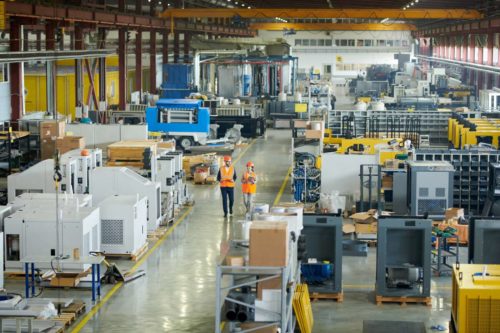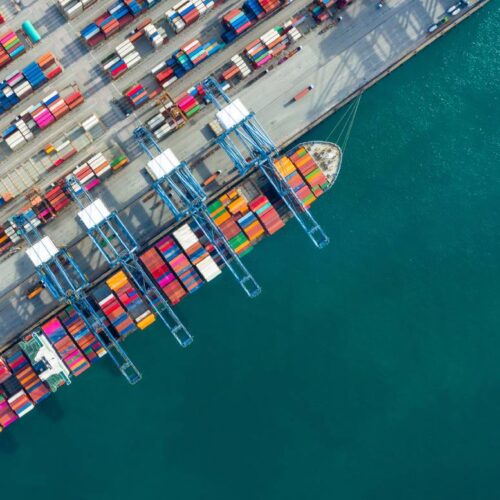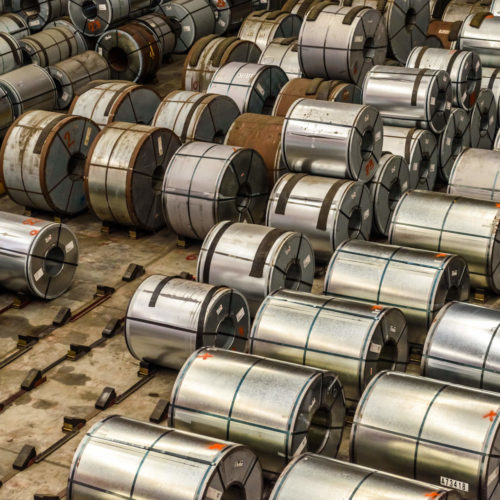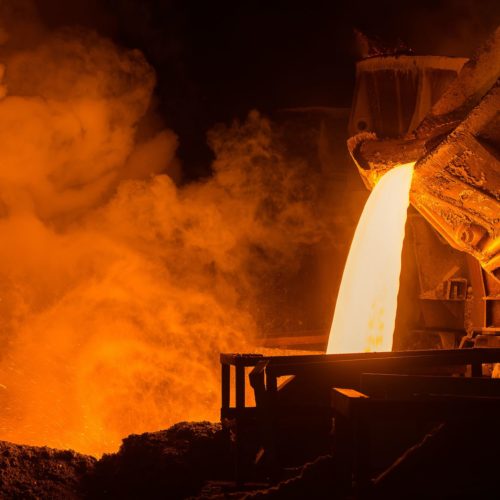
Supply Chain Emissions

Biden’s Executive Order on Blockchain for Climate Transparency: Here’s How It Could Work
The federal government stepped into two quickly evolving ecosystems on March 9, when President Biden issued an executive order on ensuring responsible development of digital assets.

Corporate GHG Emissions Need to Move Beyond “Best-Guess” Territory
Historically, companies looking to calculate their greenhouse gas (GHG) emissions have had to rely on self-reported data and estimates rather than primary data from supply chain partners. These best-guess estimates lead to inconsistencies and a lack of clarity about what is really being emitted.

Why We Need to Standardize Emissions Tracing to Get to Net Zero
When it comes to fighting climate change, we don’t have time for false starts—in the decisive decade, we have to get it right the first time around. That knowledge has guided our work building the COMET Framework, together with our partners at MIT’s Sustainable Supply Chains Initiative, the Columbia Center on Sustainable Investment, and the Colorado School of Mines.

How Digitally Native GHG Tracking Can Drive Faster Climate Action
Companies around the world—not to mention their investors, shareholders, and supply chain partners—are more focused than ever on drastically reducing, or even zeroing, their carbon footprints. Walmart and Apple have pledged to slash or entirely eradicate emissions from their respective supply chains…

For the EU’s Groundbreaking Climate Law, Data is Key
For years, manufacturers have watched with apprehension as the European Union debated a policy that could send shockwaves across the world’s heavy industries. Europe’s aim: to level the playing field between EU companies that pay for their carbon pollution and those overseas that don’t. Consider steel. Across Europe, steelmakers are…